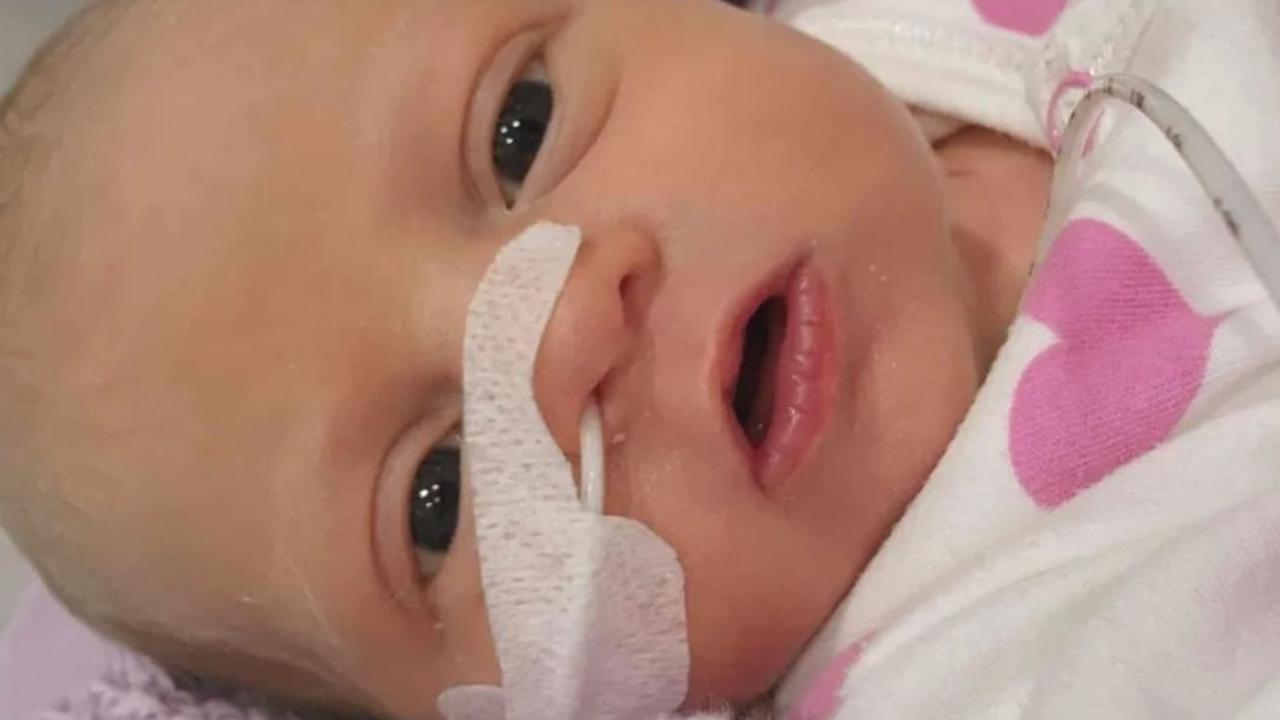Rock lobster stocks stabilising after record low levels according to recreational fisher survey
Rock lobster stocks are stabilising following record low stock levels according to the latest recreational fisher survey. Tassie fishers caught four times more in one region than the rest.

Tasmania
Don't miss out on the headlines from Tasmania. Followed categories will be added to My News.
More than a decade after historically low numbers the stock levels of two important Tasmanian recreational fishing targets are stabilising, according to an annual fishing trends survey.
The University of Tasmania’s Institute for Marine and Antarctic Studies (IMAS) annual Tasmanian Recreational Rock Lobster and Abalone Fisheries fishing season survey from November 2023 to April 2024 recorded the largest recreational rock lobster catch since 2015 at almost 108 tonnes.
The results showed almost 80 per cent of fishers reported seeing stability or improvement in rock lobster and abalone fisheries over the past year, after catch limits were introduced in 2022-23 following low stock levels.

For more than two decades concerns about rock lobster stocks have been growing in Tasmania, with East Coast stocks assessed at historically low levels in 2011-12.
In response, new size limits were introduced for the 2022-23 season, and lead researcher at the IMAS fisheries and aquaculture centre Professor Sean Tracey said it was encouraging to see most lobster fishers now perceiving the quality of the fisheries as improved.
“This level of satisfaction suggests that current management practices and the results on the rock lobster stocks are resonating positively with the fishing community,” Professor Tracey said.
“The combined commercial and recreational catch limits have seen good rebuilding of stocks on the East Coast but there is still a way to go to get the stock up to target level,” he said.
The number of licence holders during this season was slightly lower than 2022-23.
The East Coast was the most popular region for recreational fishing, with 74 per cent of the abalone catch during the survey period taken from there. 17 per cent was from the North Coast, and 9 per cent from the West.

More than 78 tonnes of rock lobster was caught recreationally in the East Coast stock rebuilding zone.
The statewide total allowable recreational catch was not exceeded.
Potting accounted for 58 per cent of the total rock lobster harvest, while diving accounted for 41 per cent and ring usage was less than 1 per cent.
Professor Tracey said it was important for recreational fishers to use the new Fishing Tas app to report their catch, even on zero catch days, to keep track of catch rates and how the stock status is tracking.
“While commercial fishers report their catch in near real time, historically, we don’t know what recreational fishers have caught until after the season when we compile the survey results,” he said.
More Coverage
Originally published as Rock lobster stocks stabilising after record low levels according to recreational fisher survey





